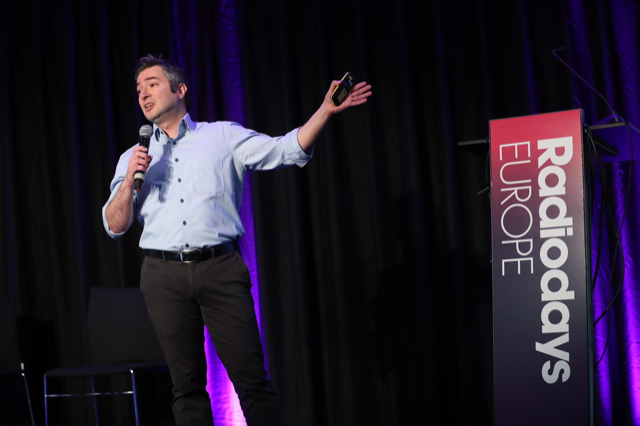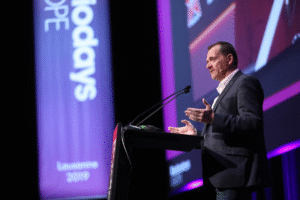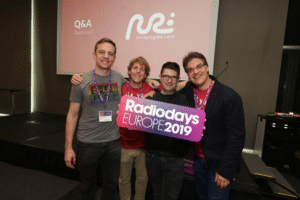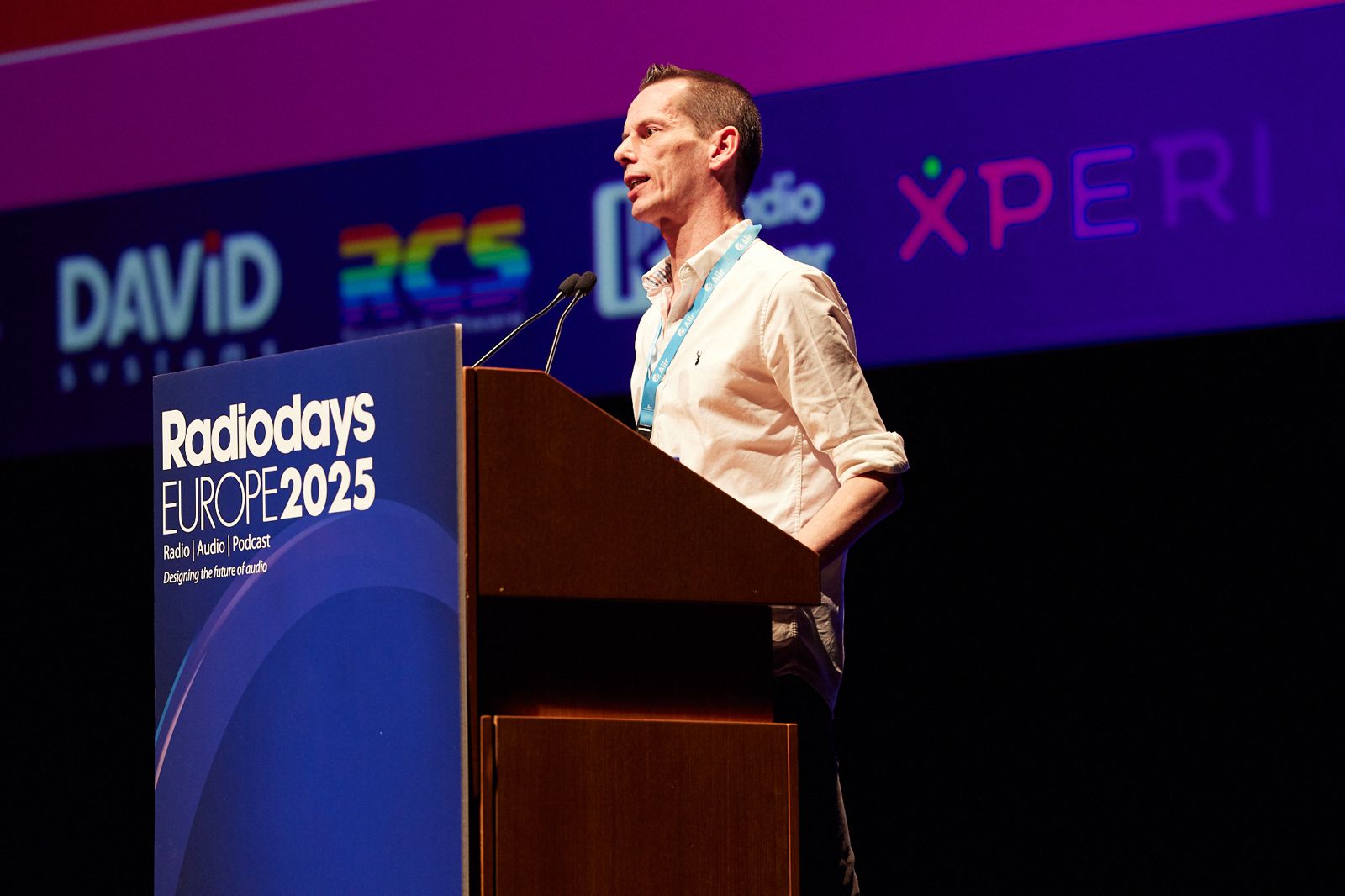
Ask What AI Can Do For Radio
Mustafa Isik started with a brief introduction into the realms of AI. Artificial intelligence, machine learning and deep learning may seem complicated terms, but are becoming unavoidable. As Isik put it: “you don’t have to be a software engineer but you need to be literate in AI”.
Content production does not scale well, but AI analyses content more efficiently. Isik showed his vision for the future and challenged newsrooms and production centres to do their homework. Since the content produced in the last ten years is already digital, there is a huge potential for AI to help broadcasters in their ever-changing daily tasks.
Francesca Shaw demonstrated how current models used in text-to-speech technology are now capable of displaying emotion through automated voices. With smart speakers and similar devices growing their share of the market, the uses of such technologies are also multiplying by the day. While creating believable synthetic voices can have an impact in helping fake news to develop, they are already being put to good use in social change initiatives, like Project Revoice which helps Motorneuron Disease (ALS) patients. For presenters worrying about their jobs, Shaw has a message: “The charisma of humans is very hard to replicate, but the future of voice AI has also to be enjoyable and nice to use”.
Another use for AI in radio is suggested by StreaMonkey, making radio broadcast streaming more stable and personal. As Annelie Beer told the delegates, “It shouldn’t be hard to change to online listening when there is no broadcast available, but radio stations are not looking at streaming’s full capacity”.By focusing on the possibilities of technology, with premium sound and improved stability of online streaming, radio can reach even more listeners and that translates into more revenue.
The possibilities of AI in radio are not just around the corner, they are here now.




